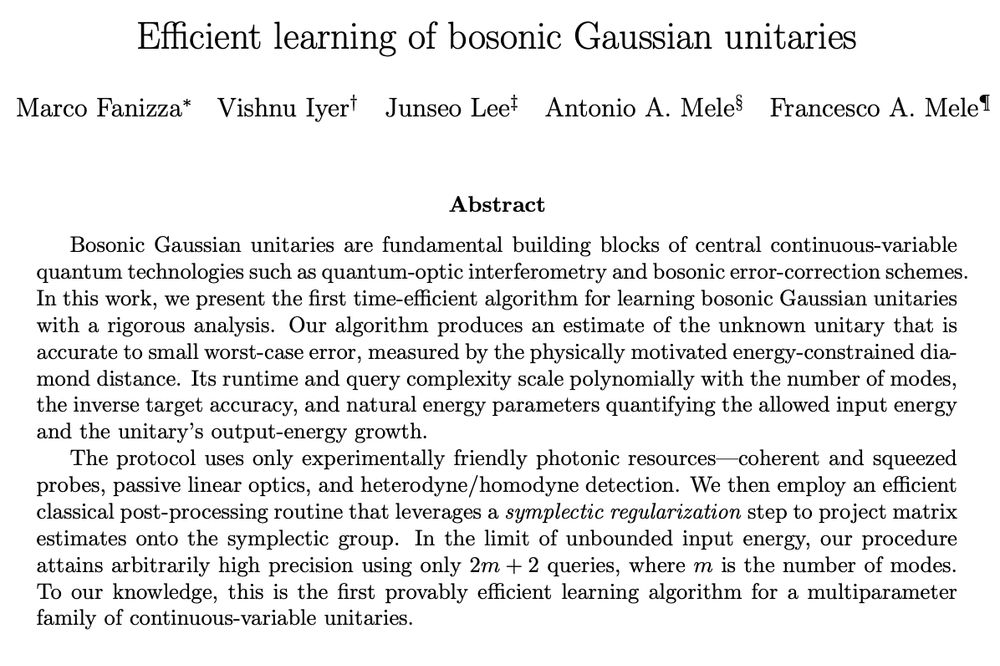Francesco Anna Mele
@francescoannamele.bsky.social
170 followers
340 following
75 posts
Quantum Information PhD student at Scuola Normale Superiore of Pisa (Italy)
Posts
Media
Videos
Starter Packs




